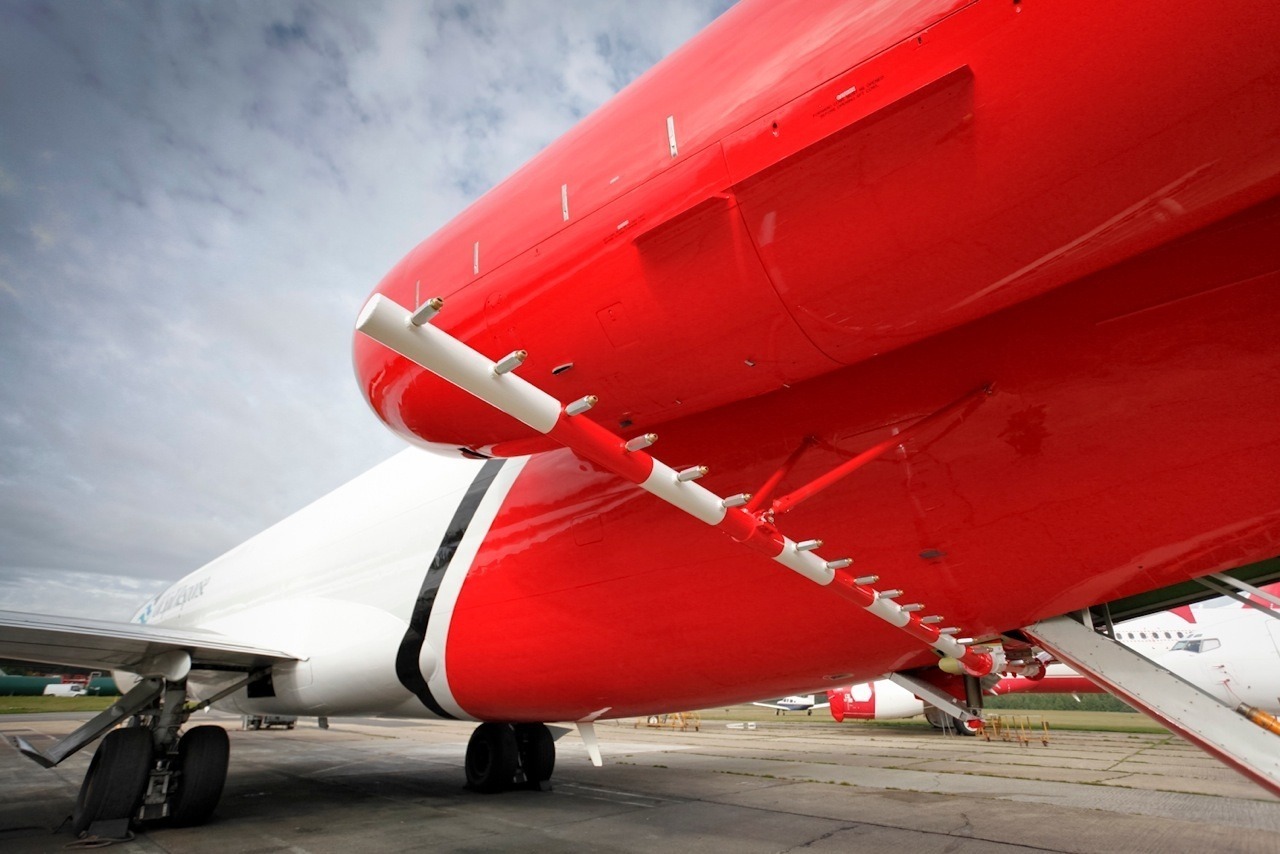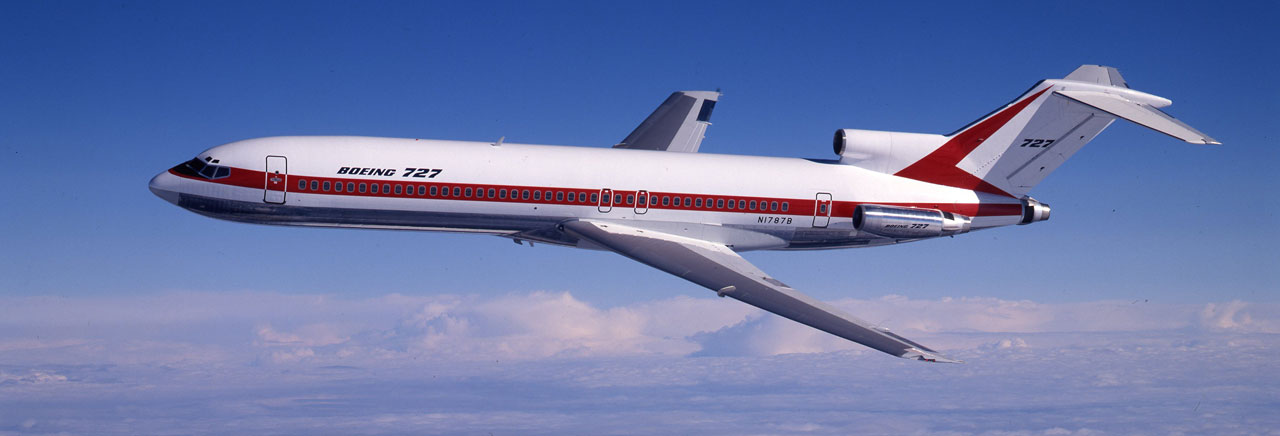Dispersant Application and Logistical Support
Aviation resources are a vital service to enable an efficient and effective response. Available through a mixture of global and regional models, SLA aviation resources can be mobilised in support of two key areas; dispersant application and logistical support. With our very own Boeing 727's, we're able to deliver both capabilities, recognising the importance of these services as response enablers.
For many years, we achieved the capabilities using the iconic Hercules L-382 aircraft. This provision helped to differentiate OSRL as a truly global Tier 3 oil spill response provider. The Hercules remains a highly versatile and effective platform, however they are not as widely available as they once were and with significant increases in maintenance costs and demands elsewhere for the Hercules within the aviation industry, other options were investigated.
In response to the Macondo Incident in 2010, it was decided through the establishment of the Global Industry Response Group and the creation of the Oil Spill Response Joint Industry Project, that future industry requirements for aerial dispersant application should be reviewed. The industry needed to consider new aviation platforms, with a range of capabilities to support its global needs and operations for a faster response.
A technical report published recommended a number of aircraft but the Boeing 727- 200 was highlighted as the most suitable aircraft due to its high transit speed, generous payload, extensive range, three-engine operation and configuration.
In 2013, Oil Spill Response Ltd. (OSRL), teamed with British aeroengineering firm T2 Aviation, part of the 2Excel Aviation group, to deliver two modified ex-FedEx Boeing 727-200s, one fitted with a dispersant delivery system with a capacity of 15,000 litres, comprising internal tanks, pumps and a spray bar to deliver dispersant liquid (TERSUS system), the first time a pure jet has been used for such a purpose. The successful completion of this project in 2016 marks a global first for both the oil spill response and aviation communities alike. The TERSUS Dispersant Delivery System is the first and only aerial dispersant system to be approved for operation from a large jet aircraft.
The Boeing 727 and the TERSUS Dispersant Delivery System clearly express our vision statement to "exceed the rapidly evolving needs of Members and the associated need for broader response capabilities both in terms of geographical scope and technological span".
With two Boeing 727s, we’re able to fulfil logistical support capabilities to rapidly transport equipment globally in the event of a mobilisation.
Aerial Surveillance For Collection Of Key Response Information
The collection of data through surveillance, and the analysis and interpretation of that data provides timely information to the Incident Command which improves situational awareness and promotes informed decision-making.
Aerial surveillance has traditionally been the main feed of information from the field during a spill response. This 'eye in the sky' remains central to situational awareness, however as technology improves our surveillance capability is evolving to meet the ever-growing demand for timely and accurate information. Surveillance or 'close observation' provides the all-important validation of response strategy and verification of predicted outcomes.
-
Oil spill modelling is increasingly relied upon as a strategic planning tool during response and preparedness, which can help inform effective response alongside the real-time feed from surveillance.
-
In order for the incident command to make the most effective use of the data collected from surveillance and modelling outputs we must be able to 'visualise' as easily interpretable information at a glance.
-
In this way, the specialisms of surveillance, modelling and visualisation are inextricably linked as an integral part of our mission to provide resources to prepare for and respond to oil spills efficiently and effectively on a global basis.
Although dedicated regional aviation capability is provided through supplementary agreements, our Response Specialists can conduct aerial surveillance reconnaissance missions within suitable aircraft to inform all vital decision-making.
Satellite Imagery
We can also provide Satellite imagery through our Satellite Radar Detection Service to enhance your spill response awareness and response strategy development. Find out more here.






 OSRL’s 727-2S2F (RE) aircraft began their working life with FedEx, equipped with the original Pratt & Whitney JT8D-9/15 engines, and were subsequently fitted with higher bypass, more efficient, JT8D-217C engines, as part of the Valsan programme. This ensures that the 727-2S2F (RE) aircraft are compliant with Stage 3 noise regulations. The modification removed the existing JT8D-9/15 on the one and three outboard positions and replaced them with the high bypass engines. The original, tail-mounted, number two engine is retained, but equipped with a new acoustic exhaust mixer and used at low power setting at takeoff and landing.
OSRL’s 727-2S2F (RE) aircraft began their working life with FedEx, equipped with the original Pratt & Whitney JT8D-9/15 engines, and were subsequently fitted with higher bypass, more efficient, JT8D-217C engines, as part of the Valsan programme. This ensures that the 727-2S2F (RE) aircraft are compliant with Stage 3 noise regulations. The modification removed the existing JT8D-9/15 on the one and three outboard positions and replaced them with the high bypass engines. The original, tail-mounted, number two engine is retained, but equipped with a new acoustic exhaust mixer and used at low power setting at takeoff and landing.